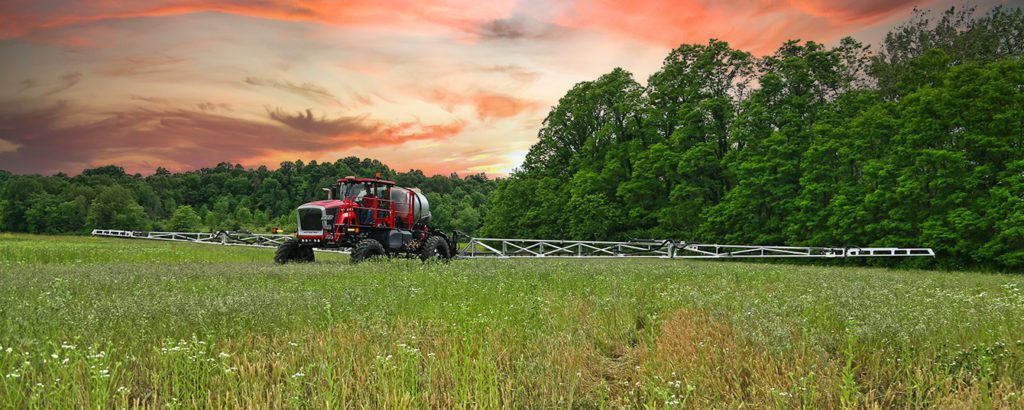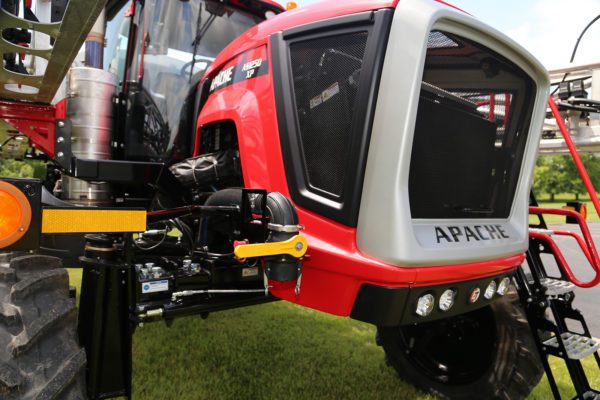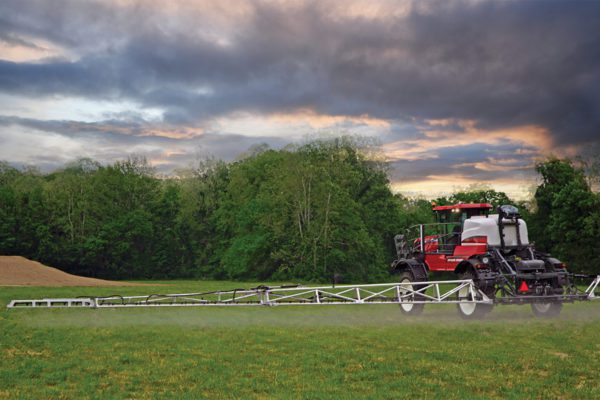Right now, the ground is frozen, but soon spring will begin to thaw everything out, and it’ll be time to get back in the field. Owners love taking their crop sprayer out of hibernation and starting it up for the first time. However, we always recommend conducting a full seasonal inspection beforehand. The same way you winterize your sprayer, it’s important to check your crop sprayer at the start of spring for any potential issues that need repairing.
Our Apache Agricultural Sprayers are built tough and the best way to have your equipment last a lifetime is to perform the proper maintenance. It doesn’t matter if you own an earlier model BRUIN HS1100 or NEW AS1050 Sprayer – conducting a full inspection is a must before hitting the field.

Performing Crop Sprayer Inspection
When performing a sprayer inspection, you’ll want to prepare to spend 8-10 hours. This will provide enough time to inspect all of the sprayer components. We suggest using a checklist that includes the engine, hydraulic and dropbox oils, air intakes, lights, accumulators, tire pressures, air conditioners and cab filters, chemical tanks, booms and spray nozzles, and onboard field computers. If you’re unsure what parts to inspect or fluids to use with your model, refer to the Apache Operator’s Manual for servicing recommendations and specifications.
Here’s a breakdown of what is commonly performed during a spring inspection.
Basics
Similar to a car or truck, start the inspection by checking the oil and tire pressure. Reference your manual for recommended tire pressure and oils to use. You don’t want to use regular oil if your model calls for 80/90 weight or vice versa.

Air Intakes
Pull off the air cleaner and check for animal nests. The tubes can make a cozy winter hideaway for small animals, such as birds or mice.
Accumulators
If your sprayer is equipped with accumulators used for stabilizing the boom and suspension, it’s necessary to keep these devices fully charged. Sprayer Dealers are equipped to test and service accumulators if you suspect an issue.
Air Conditioning
Don’t get stuck on a hot day with a broken air conditioning system. Turn the system on and check for blowing cool air. If the system is blowing hot air, it will most likely need repairs.
Chemical Tank
The chemical tank straps should be tight. However, they can become worn and stretched over time. Operating a crop sprayer with loose chemical tank straps could cause an accident. So, don’t forget to check the straps during the inspection.
Booms & Spray Nozzles
Take time to carefully examine the booms and spray nozzles for cracks and leaks. Also, check booms for extreme wear and test folding operation.

Field Computers
Stay up to date with data from the field. If your field computers are cold, bring them indoors. Plug the computers into an outlet and check if they’re working.

Save Time & Money
Inspecting your sprayer before the busy season can save you time and money. If there are issues, you can count on a Sprayer Dealer to get your fertilizer equipment back in working order. Don’t forget to refer to your Apache Operator’s Manual for model specifications. We’re always here to help and love to hear from our Apache family – contact ET today.


